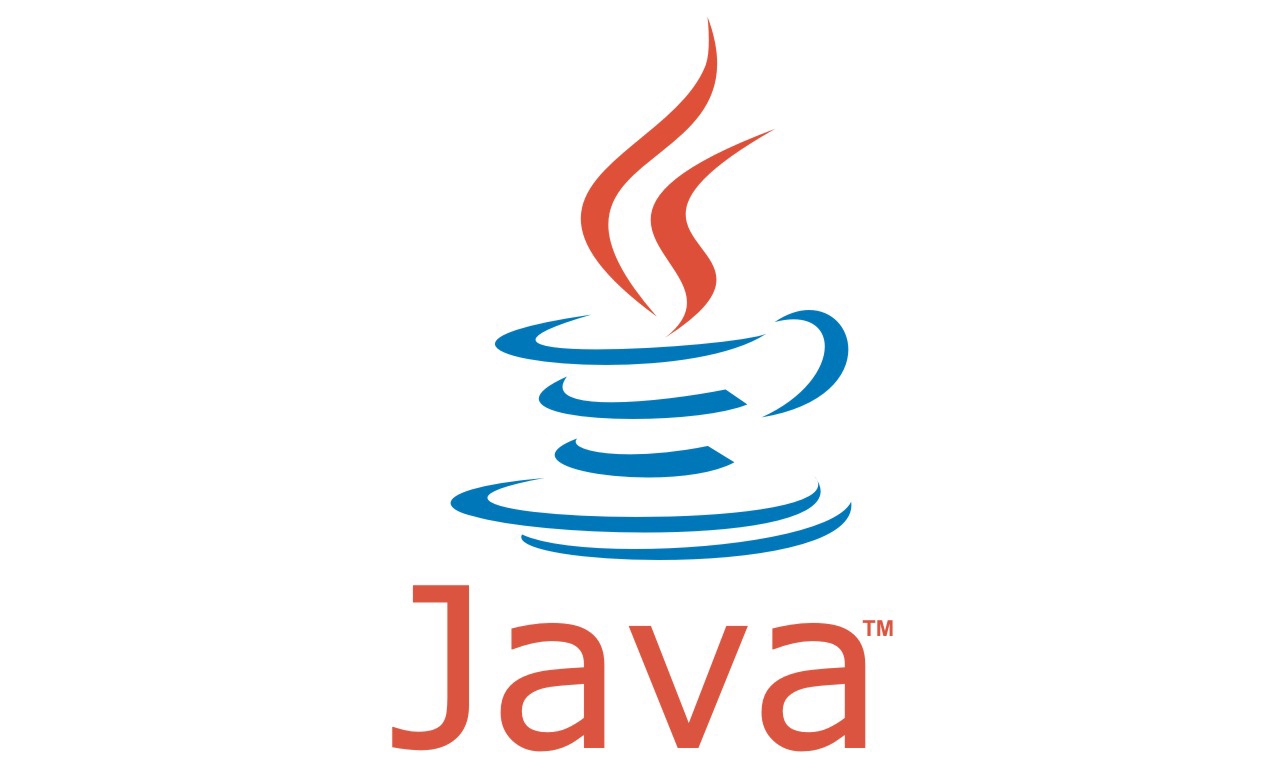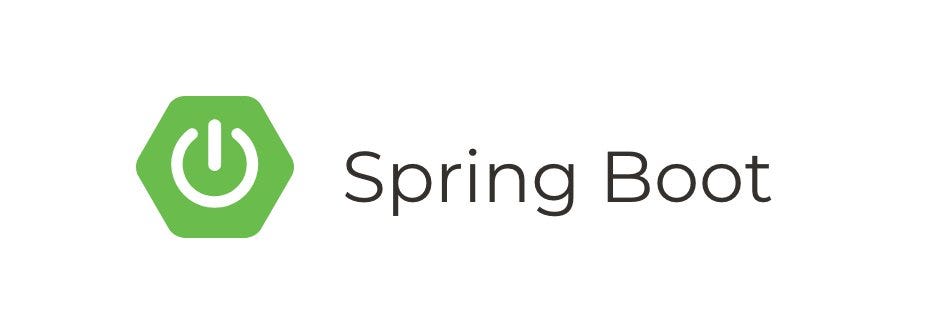@Primary Annotation in Spring Boot
The @Primary annotation is used to give a higher preference to a specific bean when multiple beans of the same type exist. This is useful when you have multiple implementations of an interface or multiple beans of the same type, and you want to indicate a default or primary choice. 1. Dependency Setup Make…








